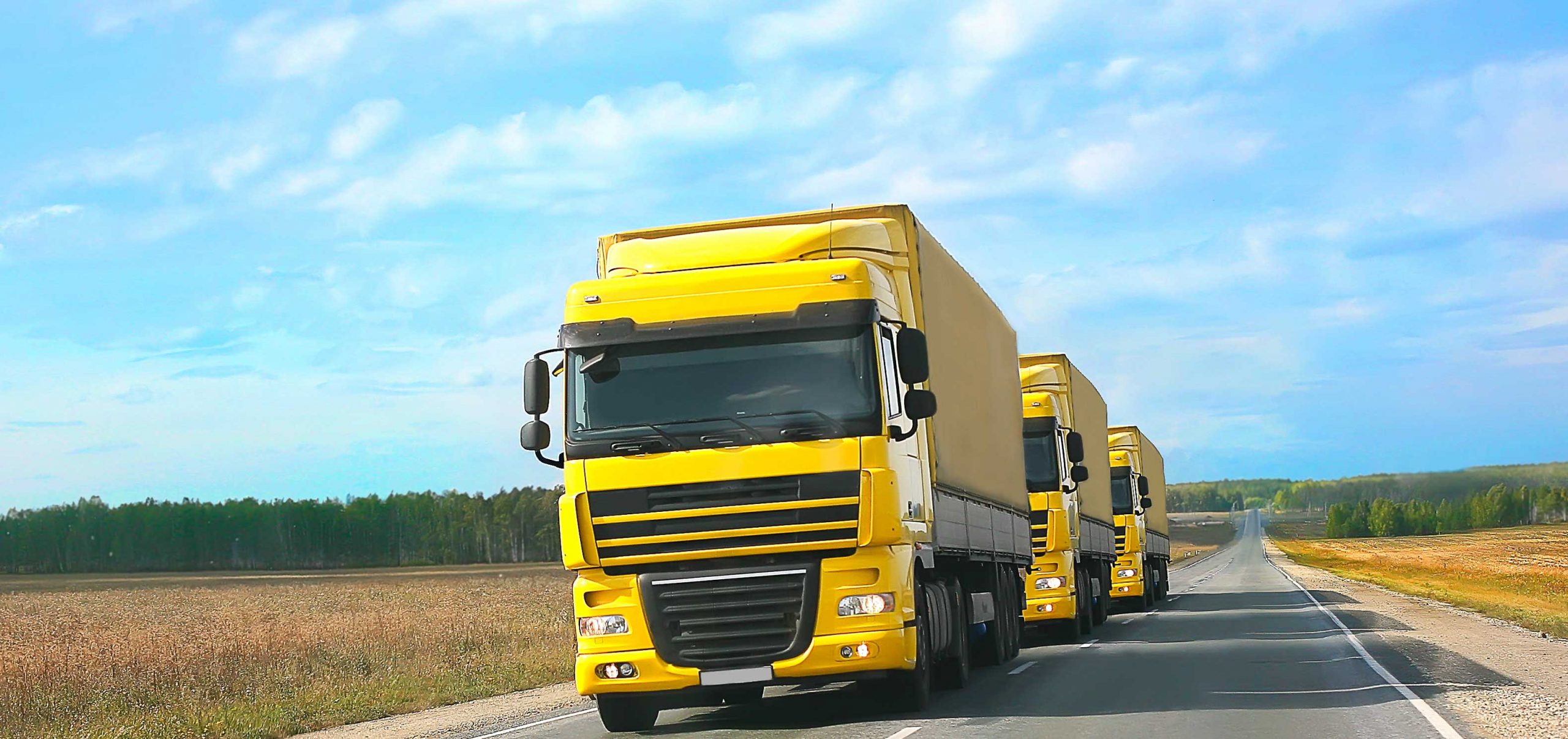
Corporate Social Responsibility (CSR) and accountability are becoming increasingly important for companies based in the EU. By amending the relevant directive, the EU has expanded the reporting requirements and the scope of companies affected. This overview provides information on who needs to collect what data and when, as well as other important information.
Sustainability Reporting Becomes Mandatory
Since 2017, large European companies (with more than 500 employees and a net turnover of more than 40 million euros or a balance sheet total of more than 20 million euros) have been obliged to prepare a statement on strategies, risks, and key figures relating to environmental, social, and corporate governance issues. The legal basis for this was previously the European Non-Financial Reporting Directive (NFRD).
The new Corporate Sustainability Reporting Directive (CSRD) replaces the NFRD. Within the framework of the EU’s Green Deal, the CSRD is intended to make the sustainability reporting of European companies transparent and comparable, thus leading to an improvement in sustainability performance. In essence, the CSRD expands the scope of accountable companies to include all large companies as defined by accounting law and all capital market-oriented microenterprises.
The CSR Directive also requires all accountable companies to report in accordance with the European Sustainability Reporting Standards (ESRS) developed by the European Financial Reporting Advisory Group (EFRAG). Sustainability reporting is treated in the same way as traditional financial reporting and must be included in the same annual report.
EU member states translate European directives into national legislation. The revised directive has been in effect since early 2023 and must be implemented by EU members by mid-2024.
Sustainability Reporting under the EU Directive: What Applies to Whom and When?
The CS Directive requires all large companies as well as listed micro-enterprises with ten or more employees to publish sustainability data in their annual report. According to the EU Accounting Directive, companies are considered large if they meet two of the following three criteria:

- balance sheet total ≥ 25 million euros
- net turnover ≥ 50 million euros
- number of employees ≥ 250
Not all impacted companies need to start immediately in 2024. The phase-in of accountability is as follows:
- 2024: Companies already subject to the NFRD will have to report under the CSRD for the first time in 2025 for the fiscal year 2024. At that point, the new ESR standards will apply, and these companies – as well as all others at a later date – will have to undergo an external limited assurance review of their sustainability reporting.
- 2025: All large companies that meet at least two of the three criteria above must publish their first sustainability report in 2026, covering the year 2025.
- 2026: As of this year, all listed small and medium-sized enterprises with ten or more employees are obliged to report. Excluded are certain defined micro-enterprises (balance sheet total ≤ 450,000 euros, net turnover ≤ 900,000 euros, number of employees ≤ 10).
- 2028: Specific companies from third countries must start reporting in 2028 (net turnover in the EU ≥ 150 million euros; EU branches with net turnover ≥ 40 million euros; companies with EU affiliates meeting two of the following three criteria: employees in the EU ≥ 250, net turnover in the EU ≥ 40 million euros, balance sheet total in the EU ≥ 20 million euros).
By 2023, approximately 11,700 companies in the EU were affected by the NFRD. By the time the CSRD is fully in force, the number should be close to 50,000.
Standards of the CSR Directive
The ESRS include environmental, social, and corporate governance standards.
- Under the environmental ESRS, for instance, companies must outline their management approaches to mitigate and adapt to climate change, to their use of water resources, or the promotion of biodiversity.
- Social standards include working conditions, equality, and respect for human rights, both with regard to the company’s own employees and to those in the value chain. It also covers consumer protection and safety.
- ESRS in corporate governance relate, for example, to business relationships with suppliers, to corruption, or to lobbying.

Authorities provide sector-specific reporting templates for ESRS-compliant reporting. These templates are customized to meet the specific needs of the respective business activities. For example, there is a separate template for road freight, which focuses on the impact of the company’s activities on the social concerns of everyone along the value chain. This includes all truck drivers in the supply chain. Thus, the scope of reporting under the CSRD is significantly expanded in comparison to the NFRD.
To reduce the amount of work involved in CSRD reporting for smaller entities, EFRAG is developing a system with less complex templates for them to use. Nevertheless, the CSRD will require a significant workload, especially for small and medium-sized companies that are still setting up their reporting systems. The lead time between now and the first reporting period should be used to establish and pilot operational structures and resources.
Sticking Point of the CSRD: Materiality
For CSRD reporting, a company must disclose sustainability-related information that is material from either a financial or from an environmental and social perspective (“dual materiality” in EU parlance). This means that information must be provided even if it is material from only one of the two perspectives. (Under the NFRD, both materiality aspects had to be met.)
The criteria for identifying sustainability information that is material are defined in the reporting standards: According to these, sustainability issues are material if they either represent risks and opportunities for business success (outside-in perspective) or if they are significant due to the impact of business activities on the environment and people (in-side-out perspective).
However, in each specific case, the materiality analysis is an individual task of the company, the result of which determines the application of the ESRS and thus the content of the report. And it is not entirely clear how strict the company’s internal criteria must be in the dual materiality analysis to exclude certain issues from reporting. Initial difficulties are most likely.
Opportunities and Chances for Transport Logistics
In road freight, the metering of pollutant emissions is an essential part of CSRD reporting. Intelligent software systems that automatically generate all the necessary data are helpful in this respect. Those who opt for sustainable transport solutions early on will reap the benefits.
With solutions like the DHL GoGreen Dashboard, we help our partners to automatically track their emissions.
The consideration of the entire value chain additionally obligates all parties involved to be transparent about social aspects, such as the working conditions of truck drivers. Transport service providers like DHL Freight that are committed to the best possible working conditions for their own employees will increasingly be able to rely on other companies, partners, and carriers to comply with labor and social standards.
CSRD as an Opportunity for Own Sustainability
The CSRD is a major challenge for all players in the logistics sector. There is no doubt about it. Increasing bureaucracy, ever new regulations, and unpredictable framework conditions can sometimes hamper economic growth and must therefore be critically examined and scrutinized. One of the reasons for a certain reluctance to invest can sometimes be attributed to politics.
At the same time, the new EU directive makes it clear that sustainable management is becoming less an end in itself and more of a necessity for a company’s future viability. Logistics must become increasingly sustainable to maintain its own business foundations. And not only from an ecological perspective, but also from a social one, for example, to attract committed employees in a competitive labor market.
In this way, the CSRD can also be regarded as an opportunity to meet the future challenges of logistics in good time. Early action and thorough preparation are required to ensure that the first CSRD report has more of a chance than a burden. Even if your company is not directly affected, it is worthwhile to take a closer look at the CSRD, for example to anticipate possible questions from stakeholders.



